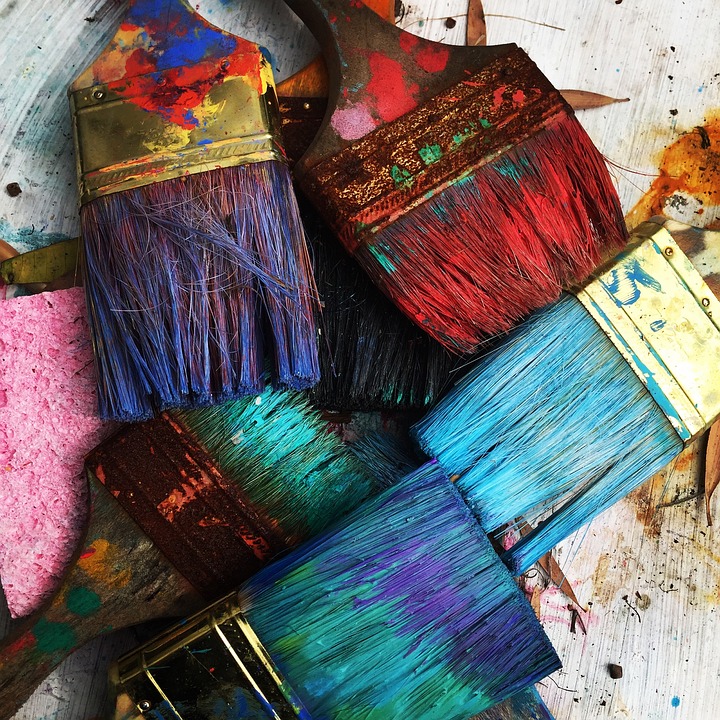The Power of Collaboration in the Artistic Community
The Importance of Collaboration in Art
Art has always been a collaborative process, with artists often drawing inspiration from each other and working together to create something truly unique. In the artistic community, collaboration is key to pushing boundaries, sparking creativity, and fostering a sense of community among artists. By working together, artists can combine their skills, perspectives, and ideas to create work that transcends what any one individual could produce on their own.
Breaking Down Barriers
Collaboration in the artistic community has the power to break down barriers between different artistic disciplines and bring together artists from diverse backgrounds. By working together, artists can learn from each other, share their knowledge and expertise, and explore new ways of creating art. This cross-pollination of ideas and techniques can lead to the development of innovative and groundbreaking work that pushes the boundaries of traditional artistic practices.
Spark Creativity
Collaboration can also be a powerful tool for sparking creativity and inspiring artists to think outside the box. Working with others can provide fresh perspectives, challenge established ways of thinking, and push artists out of their comfort zones. By collaborating with other artists, creatives can explore new ideas, experiment with different techniques, and create work that is truly original and innovative.
Fostering Community
In addition to sparking creativity, collaboration in the artistic community can also foster a sense of community and belonging among artists. By working together, artists can form bonds, build relationships, and create a sense of camaraderie that can help combat the isolation and loneliness that many artists experience. Collaborating with others can provide a support system, a sounding board, and a source of inspiration and encouragement that can help artists overcome challenges and reach their full potential.
Examples of Successful Collaborations
There are countless examples of successful collaborations in the artistic community that have resulted in groundbreaking work and lasting partnerships. One of the most famous examples is the collaboration between artist Salvador Dali and filmmaker Luis Buñuel on the surrealist film “Un Chien Andalou.” This collaboration resulted in a film that is now considered a classic of surrealist cinema and has had a lasting influence on filmmakers and artists around the world.
Another example of a successful collaboration in the artistic community is the partnership between choreographer Martha Graham and composer Aaron Copland on the ballet “Appalachian Spring.” This collaboration resulted in a ballet that is now considered a masterpiece of American dance and music and has been performed by dance companies around the world.
Collaboration in the Digital Age
In the digital age, collaboration in the artistic community has taken on new forms and possibilities. With the rise of social media, online platforms, and digital technologies, artists can now collaborate with others from around the world in real-time, sharing ideas, feedback, and resources instantaneously. This has opened up new opportunities for artists to connect, collaborate, and create together in ways that were previously unimaginable.
The Future of Collaboration in Art
As we look to the future, collaboration will continue to play a crucial role in the artistic community, driving innovation, fostering creativity, and building connections among artists. By working together, artists can create work that is truly greater than the sum of its parts, breaking down barriers, sparking creativity, and fostering a sense of community and belonging. Collaboration in the artistic community is a powerful force that has the potential to shape the future of art and create work that is truly transformative and inspiring.
